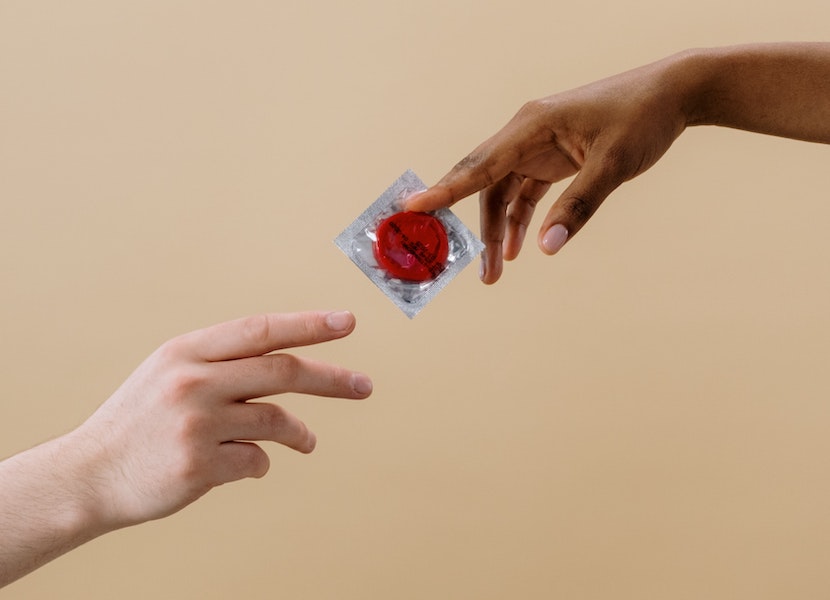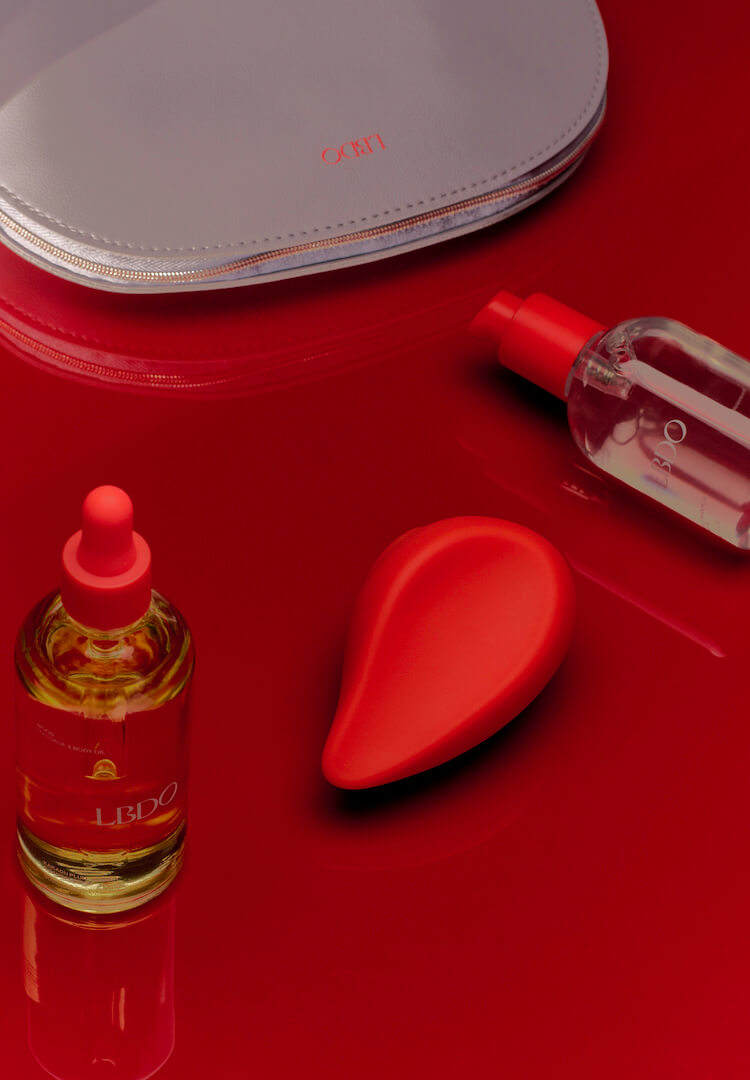Your guide to female-initiated barrier-method contraceptives
WORDS BY CRYSTAL CHOO
Time to take (birth) control.
When you read the word ‘contraceptive’, you probably think of condoms or the pill. These two methods are the first and second most popular forms of birth control in Australia.
But if you’ve grown tired of relying on men to be prepared, or find the emotional and physical side effects of hormonal birth control too taxing, it might be time to consider other options. With this in mind, let’s talk about ‘barrier method’ contraceptives.
For more wellness advice, head on over to our Health section.
Before I get too technical, I’m sure you already know what a barrier contraceptive is. The most popular example of a barrier contraceptive is the male condom. Essentially, a ‘barrier method’ contraceptive works by physically blocking sperm from reaching the egg.
A major drawcard of barrier method birth control is that it’s non-hormonal. It’s understandable why a person might want to forego hormones. Anyone who’s taken the pill will remember unfolding the comically large piece of paper in the box and reading about all the fun side effects, which includes everything from acne and weight gain to fainting and sudden loss of speech. The side effects aren’t much better with IUDs and there’s the additional invasive procedure which some people may consider a dealbreaker.
So what other options are out there for women looking to take control of their contraception? I spoke to obstetrician and gynaecologist Dr Raelia Lew from Women’s Health Melbourne to find out.
What forms of barrier contraceptives are available?
Internal condom
Internal condoms or female condoms are essentially vagina-shaped condoms. They are inserted like a tampon and once inside the vagina the condom expands to create a lining that captures sperm during sex. If used correctly, internal condoms are 95 per cent effective.
The benefits of using internal condoms are that they’re readily available without prescriptions and have little to no side effects. They’re also said to be easy to use and can be inserted hours before having sex.
Internal condoms are also often said to protect against STIs, but Dr Raelia cautions against this. Unlike using a male condom, which (with perfect use) doesn’t allow any contact between sperm and vagina, with internal condoms, because the sperm is entering the vagina, “there’s a higher risk that [the sperm] might not all come out with the condom”. Sperm is microscopic and unfortunately you don’t need much to cause an infection.
Diaphragm/cervical cap
Diaphragms and cervical caps are rubber or silicone caps which cover the cervix (the entrance to your uterus) during sex to block sperm from getting to the egg.
Convenience is the major upside of using diaphragms and cervical caps. “Unlike the pill, you don’t have to use it all the time, you can use it as you need it and remain off all hormones at other times,” Dr Raelia explains. Similar to internal condoms, diaphragms and cervical caps also have virtually no side effects.
But, as with most barrier-method contraceptives, failure rates can be quite high. Even with perfect use, there is still a 14 per cent chance of getting pregnant. Also, diaphragms offer no protection against STIs.
According to Dr Raelia, it’s crucial to get a diaphragm fitted and measured to your cervix. “Everyone’s cervix has a slightly different shape and so… not every diaphragm can fit properly,” she says. Equally important is knowing how to insert a diaphragm property because “perfect use is going to have a better contraceptive success rate”.
Spermicide-based contraceptives
Spermicides are another form of contraceptives you may have heard of. These aren’t exactly barrier-method contraceptives though, as they neutralise rather than ‘block’ sperm. Spermicides come in a variety of creams, gels and tablets and are often used in conjunction with diaphragms or ‘sponges’ for more effective protection. However, they aren’t readily available in Australia.
In any case, Dr Raelia doesn’t recommend using spermicides as contraception for her patients due to the risk of vaginal infection and irritation. “[Spermicides are] mostly quite irritating… sperm are body cells and because [spermicide] kills cells, they aren’t great in the vagina.”
Protecting yourself from STIs
Using contraceptives isn’t just about birth control and making sure you’re practising safe sex is paramount to your health. Unfortunately, most female-initiated contraceptives don’t protect against STIs with the same efficacy as the male condom.
Dr Raelia recommends using a male condom with a new partner unless you become exclusive. “People who are not in monogamous relationships probably should always use barrier methods because there’s an increased risk of contracting an STI.”
For people entering new relationships, if you’re considering forgoing barrier method protection, have a conversation with your partner about it and consider getting tested. Some STIs can be cured within a week. It’s also important to remember to use protection during oral sex too. Condoms and dental dams are particularly useful in preventing the transmission of oral herpes.
The takeaway
If you’re keen on using barrier method contraceptives over hormonal birth control, keep in mind that the effectiveness of any method depends on how well you use them. This means you’ve got to use them every time you have sex and you have to use them from the beginning of the sex, because pre-ejaculate contains active sperm too.
Because female-initiated barrier-methods don’t offer the best protection against STIs, it’s also crucial to stay vigilant with new partners and consider getting tested.
For more on the contraceptive options available to you, head here.













